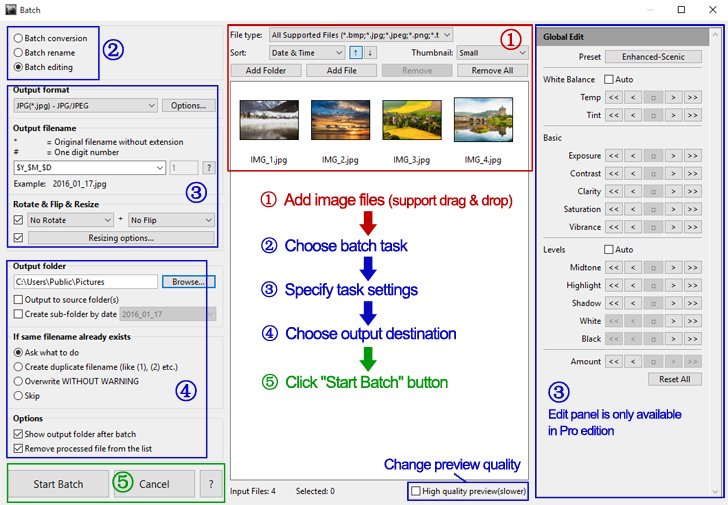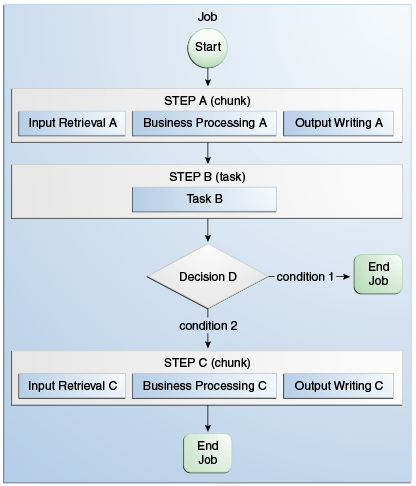

CMD could have been written to know the difference, but it wasn't, so we're stuck with this. Otherwise, they confuse CMD because they look sort of like command-line arguments. In a batch file, you must double them up. When you type a for command directly at the command prompt, you only use single percent signs. Also, upper- and lowercase matters, meaning a and A are different to the for command. You can choose any alphabetic letter for the variable name.

At each iteration, variable x contains the current name, and any occurrences of %%x in the command are replaced by the current value of x. The for command executes command once for each item it finds in the set. Where set of names is a list of words separated by spaces. The basic version of the for command scans through a set or list of names and runs a command once for each. When command-line arguments contain wildcard characters, it's up to the command or batch file to expand the name into a list of filenames. On DOS and Windows, the shell doesn't do this. On Unix and Linux systems, the command shell expands all command line arguments with wildcards into a list of names before it starts up the command, so to the command it appears that the user typed out all of the names. If you have a Unix background, the need for special statements to deal with wildcards may seem confusing at first. Creates an ExecutionContext per resource, and labels them as ) MultiResourcePartitioner is Implementation of Partitioner that locates multiple resources and associates their file names with execution context keys. We will add the capability of Processing Multiple Files Concurrently Step by Step.ĭefining Partitioner bean using MultiResourcePartitioner Sample Application : Sample application imports data from a CSV spreadsheet, transforms it with custom code, and stores the final results in a database. the JobRepository), makes sure that every slave is executed only once in a single execution of the Job.ĭemo Application For processing Multiple Files Concurrently We will extend the Spring Batch Sample Application provided on Getting Stated guide Here If required, we can pass data from the master to the slave. The messages sent by the Master to the Slaves in this pattern do not need to be durable, or have guaranteed delivery: Spring Batch meta-data in the JobRepository will ensure that each Slave is executed once and only once for each Job execution. The Slaves are typically going to be remote services, but could also be local threads of execution. The Slaves in this picture are all identical instances of a Step, which could in fact take the place of the Master resulting in the same outcome for the Job. The Job is executing on the left hand side as a sequence of Steps, and one of the Steps is labelled as a Master.

At very high level these are separated in below categories.įor Processing Multiple Files we will be using Partitioning. Scaling and Parallel Processing Spring Batch Offers Multiple options for Scaling and Parallel Processing. Spring Batch builds upon the characteristics of the Spring Framework that people have come to expect (productivity, POJO-based development approach, and general ease of use), while making it easy for developers to access and leverage more advance enterprise services when necessary. Spring Batch is a lightweight, comprehensive batch framework designed to enable the development of robust batch applications vital for the daily operations of enterprise systems.

Prerequisite Basic knowledge of Spring & Spring Batch Framework is Required. Today, We will discuss how we can Process Multiple Files Concurrently using Spring Batch.


 0 kommentar(er)
0 kommentar(er)
